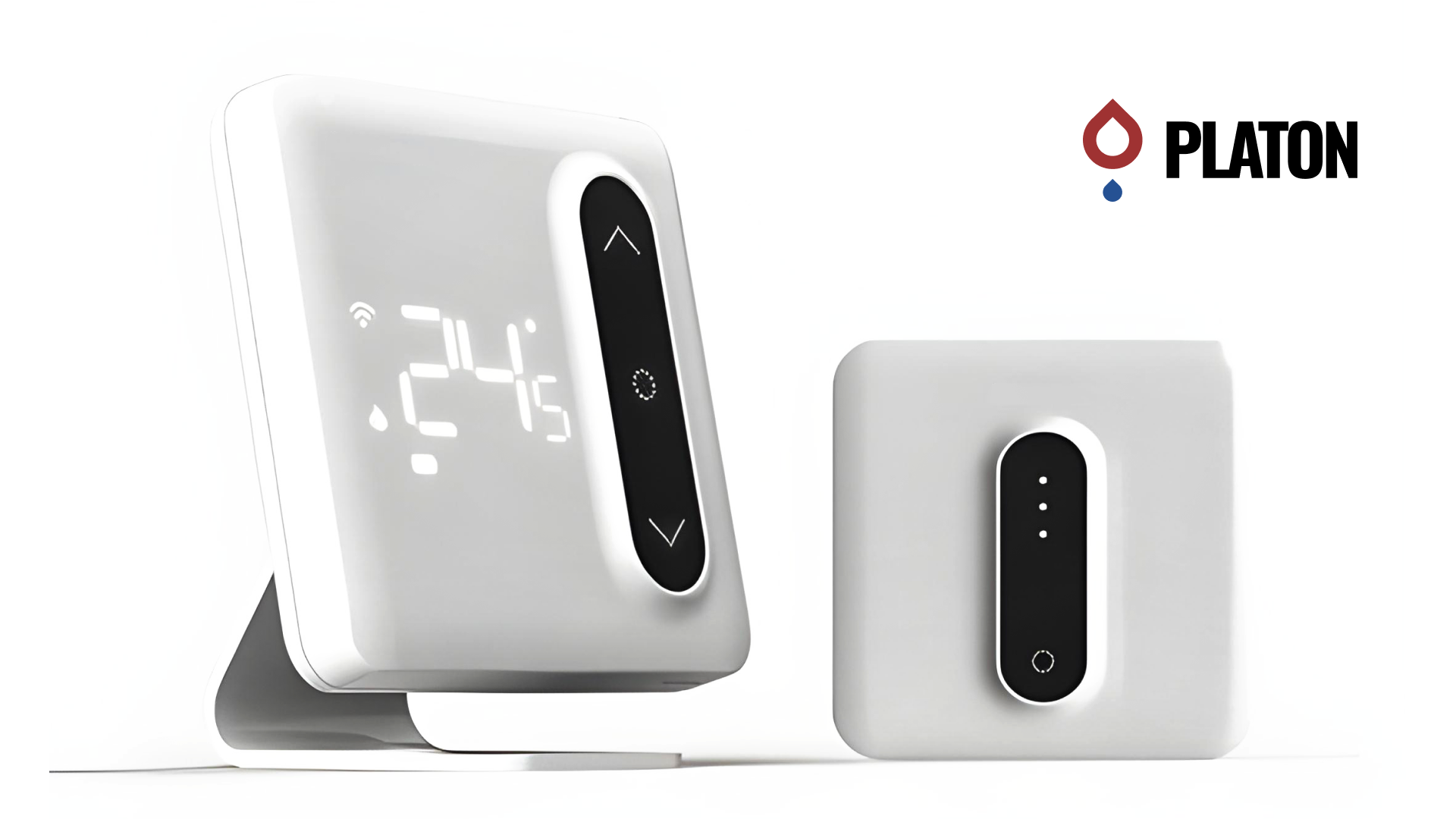
What Are Smart Thermostats and How Do They Work?
Smart thermostats are advanced devices that let you control your HVAC thermostat remotely using a smartphone, tablet, or voice assistant. These Wi-Fi thermostats offer learning capabilities, real-time scheduling, and energy usage tracking. By analyzing your habits, they automatically adjust heating and cooling to optimize comfort and energy efficiency.
Key Benefits of Smart Thermostats
Upgrading to a smart thermostat can bring several benefits:
- Energy savings: Reduce your utility bills by heating or cooling only when needed.
- Remote control: Adjust your thermostat anytime, from anywhere.
- Learning technology: Some models learn your routines and adjust settings accordingly.
- Home integration: Seamlessly connect with smart home systems like Alexa, Google Home, or Apple HomeKit.
- Notifications and reports: Receive maintenance reminders and energy usage insights.
These features make smart thermostat benefits appealing for busy households and tech-savvy homeowners alike.
Do Smart Thermostats Really Save Money on Energy Bills?
One of the biggest draws of smart thermostats is the potential for energy savings. According to various studies, users can save up to 10-23% on heating and cooling costs annually. That’s a significant return on investment for many homeowners.
Savings depend on several factors:
- Your current HVAC system’s efficiency
- How often you’re home or away
- The climate you live in
- How consistent your old thermostat usage was
By improving temperature control, these devices help ensure your home uses only the energy it needs.
Potential Drawbacks of Smart Thermostats
While smart thermostats offer many benefits, they aren’t perfect for everyone. Consider these limitations:
- Upfront cost: Prices range from $100 to $300, excluding installation.
- Compatibility: Some older HVAC systems may not support smart thermostats.
- Wi-Fi dependency: Loss of internet can limit remote functionality.
- Learning curve: New users may need time to understand advanced settings and schedules.
However, for many, these issues are minor compared to the long-term energy efficiency and technology benefits.
How to Choose the Best Smart Thermostat for Your Home
When selecting a smart thermostat, consider these features:
- Compatibility: Check if it works with your current HVAC system.
- Home integration: Ensure it supports your smart home ecosystem.
- Ease of use: Choose a user-friendly interface and mobile app.
- Features: Look for geofencing, learning capabilities, and voice control.
- Design: A sleek look and display can complement your home’s aesthetic.
Popular models include Nest, Ecobee, Honeywell, and Emerson Sensi—each offering a blend of value and functionality.
Are Smart Thermostats Worth It? Final Verdict
If you’re looking to improve HVAC efficiency, enhance comfort, and gain better control over your home’s climate, a smart thermostat is a smart investment. While the upfront cost may seem steep, the potential energy savings, convenience, and tech features make it a worthy upgrade for most modern households.
Frequently Asked Questions (FAQs)
How much can I save with a smart thermostat?
You can save 10-23% on annual heating and cooling costs, depending on your usage and climate.
What are the best smart thermostat brands?
Top-rated brands include Google Nest, Ecobee, Honeywell Home, and Emerson Sensi.
Can a smart thermostat work without Wi-Fi?
Yes, but only basic features will function. Remote control and real-time updates require a stable Wi-Fi connection.
Is professional installation required?
Not always. Many smart thermostats are designed for DIY installation, but some HVAC setups may require a pro.
How do smart thermostats improve HVAC efficiency?
They optimize heating and cooling schedules based on your habits, helping reduce waste and ensuring more consistent comfort.
Final Thoughts
Smart thermostats are more than just a gadget—they’re a smart step toward a more efficient and connected home. Whether you’re focused on energy savings, automation, or better temperature control, this modern HVAC thermostat technology offers a compelling case for the upgrade.
